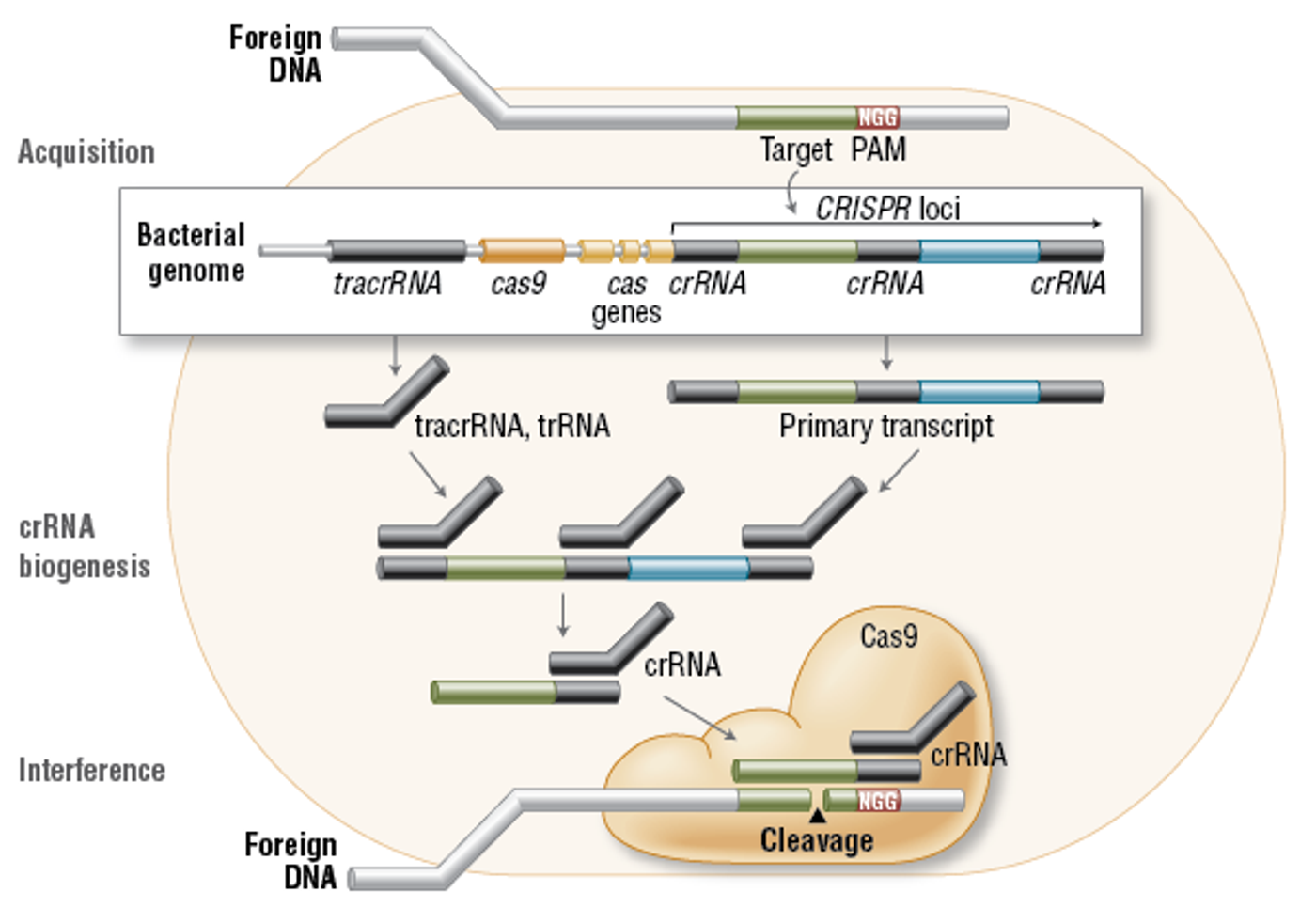For the first time since 2007 when scientists were just beginning to understand the DNA manipulation capabilities of CRISPR, researchers have now found a way to target RNA instead of DNA.
CRISPR, which stands for “Clustered Regularly Interspaced Short Palindromic Repeats,” naturally occur in bacteria as a method of self-protection from invading viruses. In the past decade, scientists have found various ways to harness this technology for human purposes, often using an endonuclease protein called Cas9 to target and destruct invading DNA based on sequence complementarity.
Now, in a collaborative effort between the Broad Institute of MIT and Harvard, Massachusetts Institute of Technology, the National Institutes of Health, Rutgers University- New Brunswick and the Skolkovo Institute of Science and Technology, researchers have applied for the first time a naturally-occurring version of the CRISPR system to manipulate gene expression by targeting RNA and only RNA.
The new system relies on an RNA-guiding enzyme called C2c2 to target and degrade RNA in order to change or even completely inhibit genetic expression. CRISPR-C2c2 occurs naturally in bacteria, as these small organisms fall victim to viral infection just like humans do. By harnessing this system in the laboratory, the team of researchers can specifically program C2c2 to cleave a specific RNA sequence to produce a desired effect.
In their study, published recently in the journal
Science, the team of researchers used C2c2 to target and remove precise RNA sequence, resulting in altered expression of the RNA-associated protein. The researchers acclaim CRISPR-C2c2 as an efficient, two-component system that only needs one guide RNA to function properly. Most importantly, the team has dubbed CRISPR-C2c2 as an alternate approach to another technique called RNA interference.
Like CRISPR, RNA interference (RNAi) is naturally found in organisms as a way to regulate gene expression. Small RNAs like microRNA (miRNA) and small interfering RNA (siRNA) silence specific mRNAs in the cytoplasm to impact normal gene expression. These small RNAs bind to an RNA-induced silencing complex and are then guided to a specific RNA strand for cleaving and degrading. While this process if precisely governed by base-pairing, many changes that are made are only temporary, whereas CRISPR-C2c2 offers a way to make permanent changes to the cell’s genome.
The newly developed “CRISPR for RNA” system is suitable for adjusting gene expression levels to either decrease or increase. The researchers also believe that this system will provide better specificity and functionality than existing methods for RNAi.
Researchers believe that this new system for targeting RNA will be useful for a myriad of clinical uses:
- Disease prevention, treatment, and research
- Protein alteration from transcription manipulation
- Fluorescent tagging of RNA to observe movement patterns and “subcellular localization”
"Applications of this strategy could be quite striking,” said senior author Eugene Koonin, PhD, from the NIH.
Sources:
Broad Institute of MIT and Harvard,
New England BioLabs,
Nature Reviews Genetics




















































